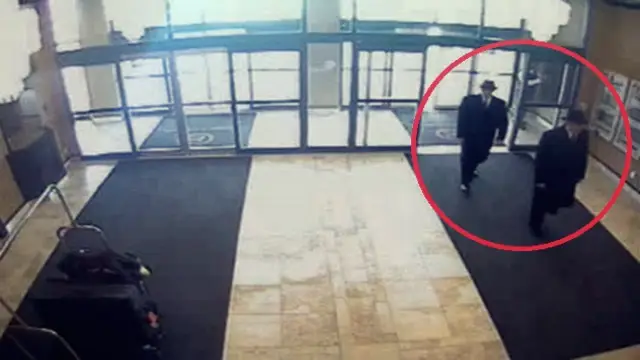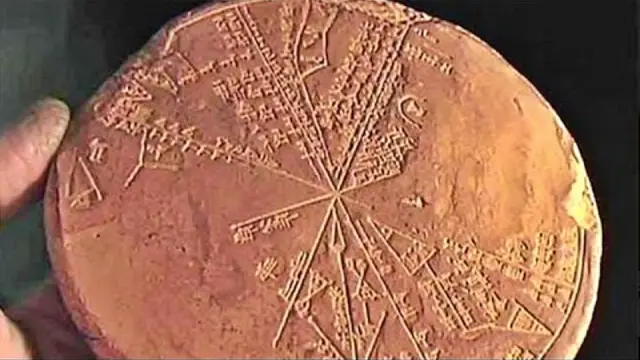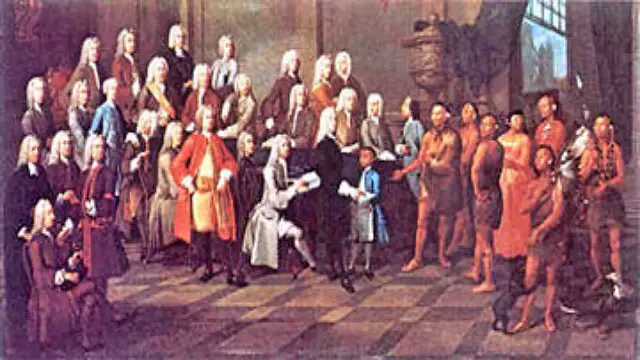Traditional scientific theories posit that dinosaurs became extinct millions of years ago, potentially due to climate changes or a catastrophic meteorite impact. However, a subset of researchers challenges this narrative, suggesting that dinosaurs might have persisted in remote corners of the Earth, possibly surviving up until a few hundred years ago. Some even propose the existence of small dinosaur populations, believed to be extinct, thriving in the world’s most secluded forests.
A vigilant reader recently shared captivating photos of the magnificent Ta Prohm Temple, situated deep within the jungles of Cambodia. This architectural marvel is attributed to the remarkable Khmer civilization, which flourished from the 800s AD until the 1400s AD. The temple, adorned with intricate carvings, became the canvas for an intriguing discovery. The reader observed distinct and unmistakable images resembling a Stegosaurus, suggesting the intriguing possibility that this creature may have persisted until the Khmer era in the region. Notably, an expert on Khmer ruins has dismissed the likelihood that these images are recent additions to the temple, deepening the mystery.
The Stegosaurus, an awe-inspiring creature recognized for the distinctive row of kite-shaped plates along its back, is believed by conventional science to have existed in North America, with extinction occurring around 155 million years ago. Interestingly, the villagers in the vicinity of the temple purportedly maintain traditions related to this ancient creature, suggesting a cultural memory that endured until relatively recent times.
This revelation challenges our conventional understanding of dinosaur extinction and prompts us to reconsider the timelines of their existence. Could it be that the Stegosaurus and possibly other dinosaurs persisted into the Khmer era? The images adorning Ta Prohm Temple invite us to explore the coexistence of ancient civilizations and prehistoric creatures, bridging the gap between myth and scientific understanding.
In conclusion, the mysterious depictions of a Stegosaurus at Ta Prohm Temple open a portal to reconsidering the timeline of dinosaur extinction. As we navigate the intersection of ancient cultures and the remnants of prehistoric life, the possibility of dinosaurs thriving until the Khmer era invites us to question the boundaries of our knowledge and the enduring mysteries that lie within the jungles of Cambodia.



















